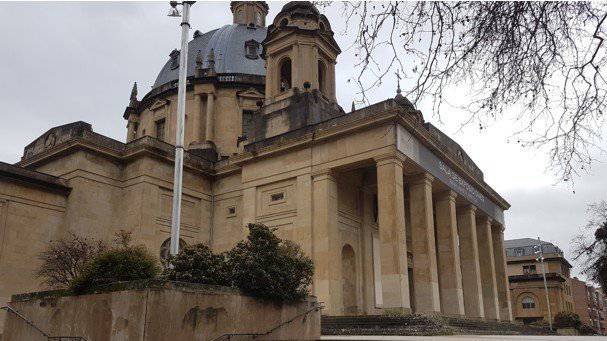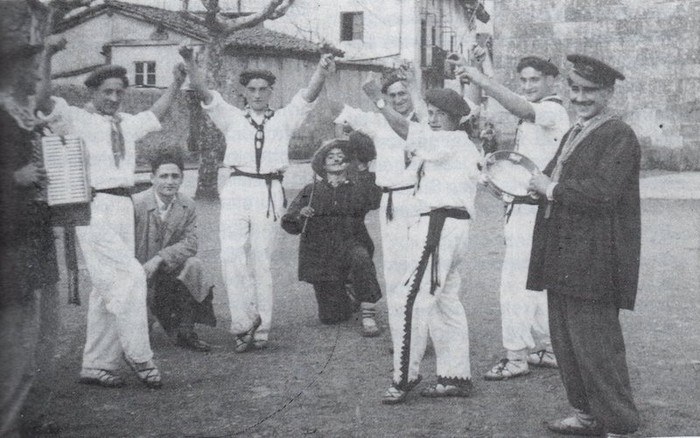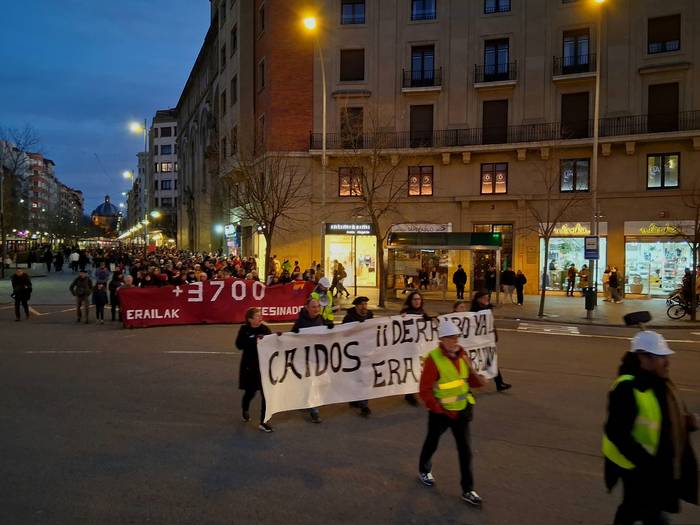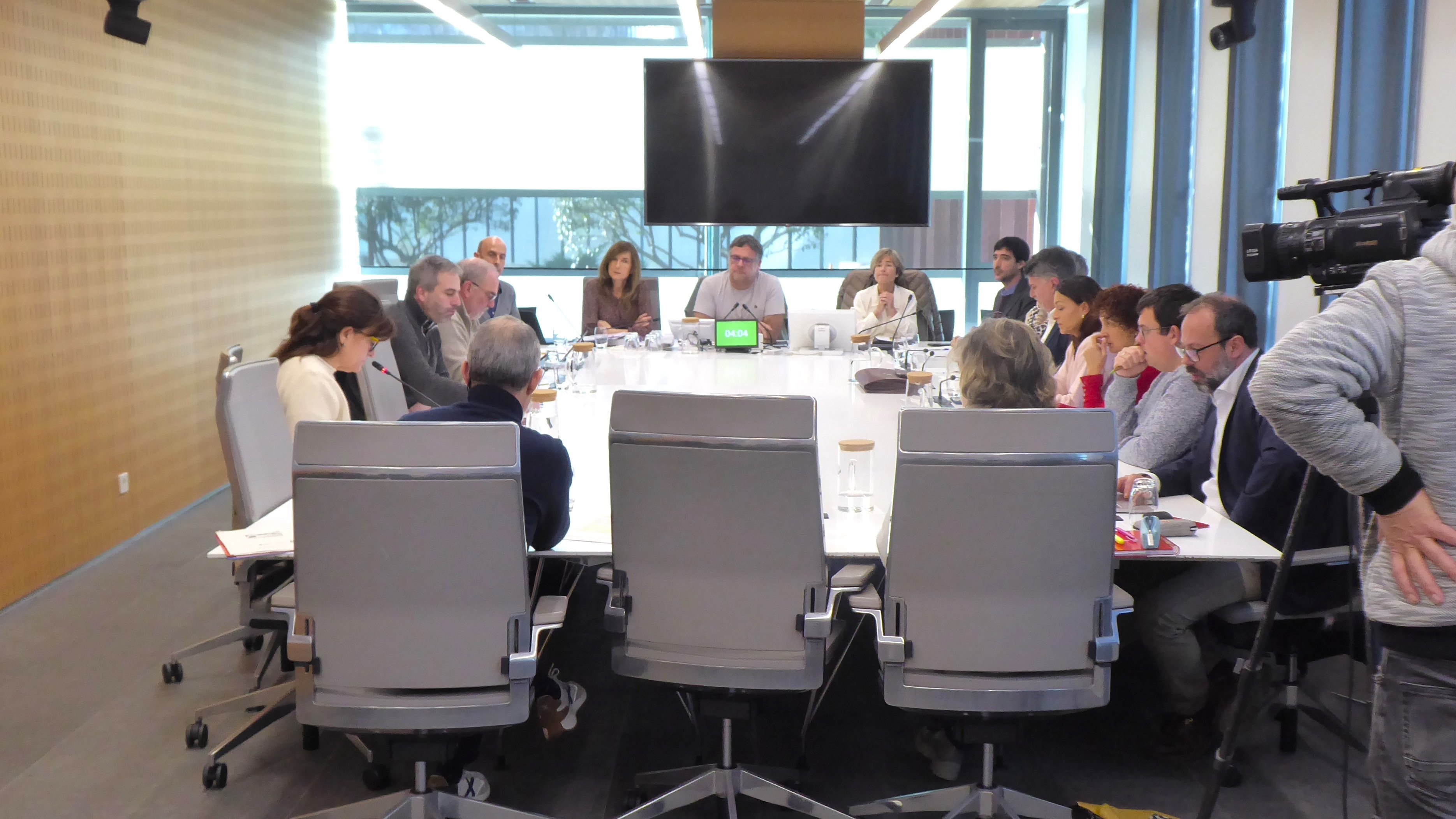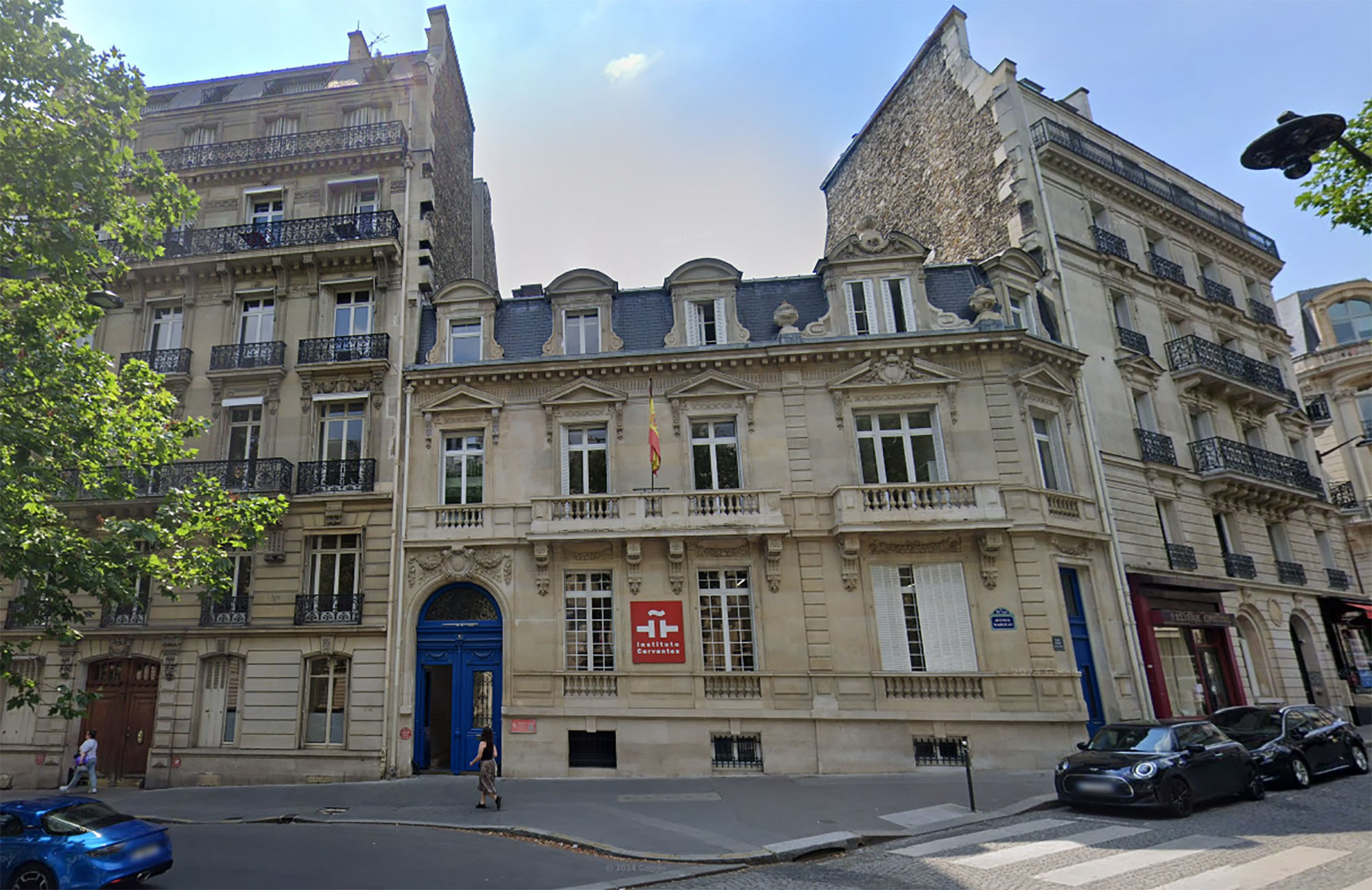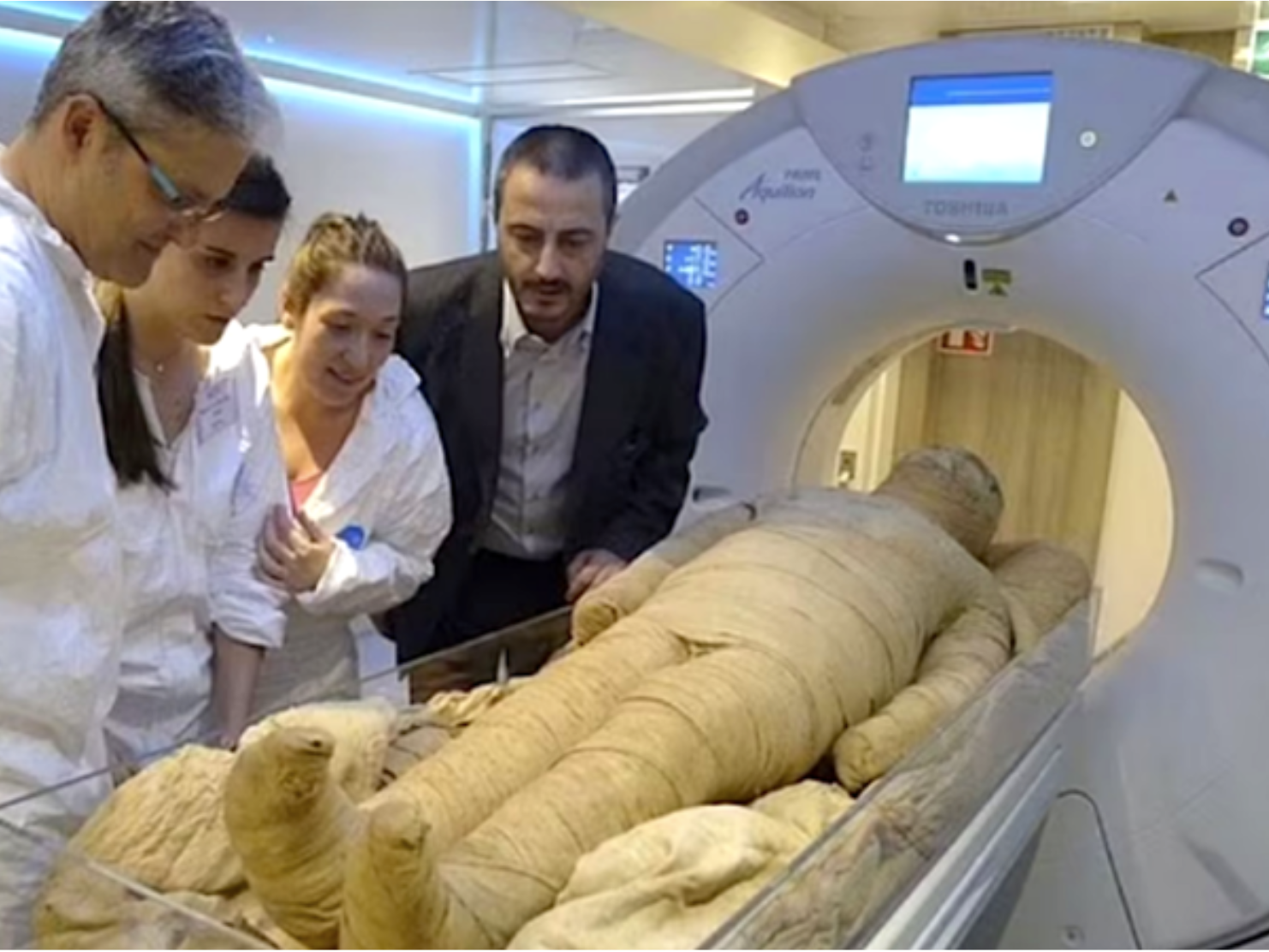Key cardinals
- Born August 22, 1241 Pope Gregory IX died in a conflict between the Catholic Church and Emperor Frederico II.aren of the Holy Roman Germanic Empire. At that time the emperor had two of the twelve cardinals who formed the College of Cardinals prisoners. The others were divided by different opinions and interests. How can we avoid the direct influence of the emperor and let the cardinals soon elect a new pope?
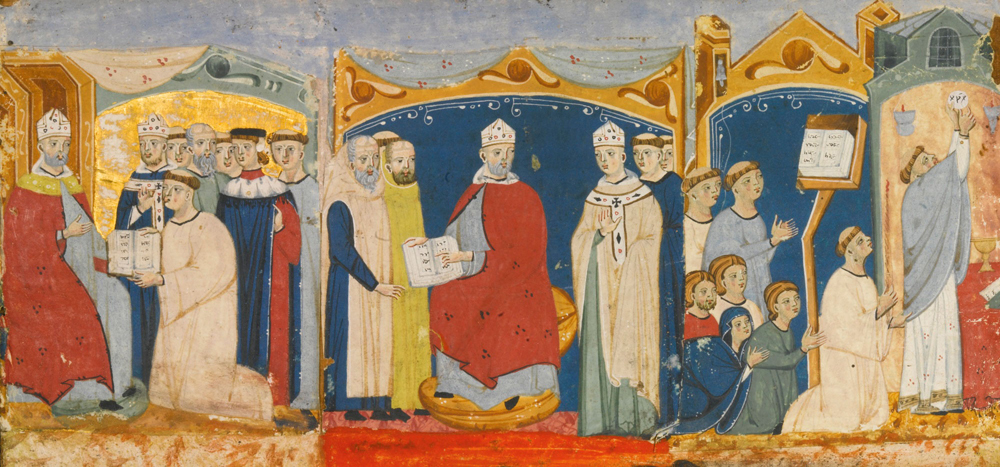
Senator Matteo Rosso Orsini addressed the situation from the handle: the ten cardinals ordered to enter the cum clavis in an old building in Rome, the Septiconium Palace, which was about to fall. He put guards on them to make sure voters didn't leave. He did not even let the high-ranking servants of the Church enter, and the food shortage was added to the suffocating heat of the Roman summer.
They had been in precarious conditions for two months, but not all. English Robert Somercotes, a supporter of the emperor, remained in prison for only one month, since he died on 26 September, apparently of hunger and heat, after the cardinals on his side accused Somercotes of having been poisoned. But it would not be surprising if they were produced by the hygienic-sanitary conditions. The other nine were not allowed to leave their ceremonies, the doctors were not allowed to enter the entire stay, they were piling up excrements... Cardinal Romano Bonaventura, who had died months after the end of his period of residence, was charged with a harsh lockdown. The bishop of Sabina, Goffredo da Castiglione, survived even less.
Finally, Castiglione was elected pope. He received the name of Celestino IV and died seventeen days later, on 10 November, without time or for consecration. He had few decisions, including excomulting Matteo Rosso Orsini.
It seems that if I had lived longer, Castiglion would have followed the emperor's trend. However, this didn’t matter to others cardenales.Se saying it was “weak, ignorant, and fanatic”, but that wasn’t an obstacle to voting for him either. The bishop of Sabina was old, had health problems, the lockdown could be given a shot and, precisely, all this was especially done by Papabile. They wanted a provisional pope, a pope of compromise, to make a short road, but to open the doors of an old palace full of deficiencies.
Fearing that the second conclave was equal to the first, the cardinals fled from Rome and did not return until 1243. After two years without pontiff, Innocent IV was appointed head of the Catholic Church.
So the first conclave was not effective, but from that moment on the cardinals will be locked in to choose the pope and be able to choose the pope.
Archaeologists have discovered more than 600 engraved stones at the Vasagård site in Denmark. According to the results of the data, dating back to 4,900 years ago, it is also known that a violent eruption of a volcano occurred in Alaska at that time. The effects of this... [+]
Vietnam, February 7, 1965. The U.S. Air Force first used napalma against the civilian population. It was not the first time that gelatinous gasoline was used. It began to be launched with bombs during World War II and, in Vietnam itself, it was used during the Indochina War in... [+]
I just saw a series from another sad detective. All the plots take place on a remote island in Scotland. You know how these fictions work: many dead, ordinary people but not so many, and the dark green landscape. This time it reminded me of a trip I made to the Scottish... [+]
Japan, 8th century. In the middle of the Nara Era they began to use the term furoshiki, but until the Edo Era (XVII-XIX. the 20th century) did not spread. Furoshiki is the art of collecting objects in ovens, but its etymology makes its origin clear: furo means bath and shiki... [+]
In an Egyptian mummy of 3,300 years ago, traces of Yersinia pestis, the bacterium that caused the Justinian plague in the 6th century and the Black Plague in the 14th century, have just been found.
Experts until now believed that at that time the plague had spread only in... [+]












